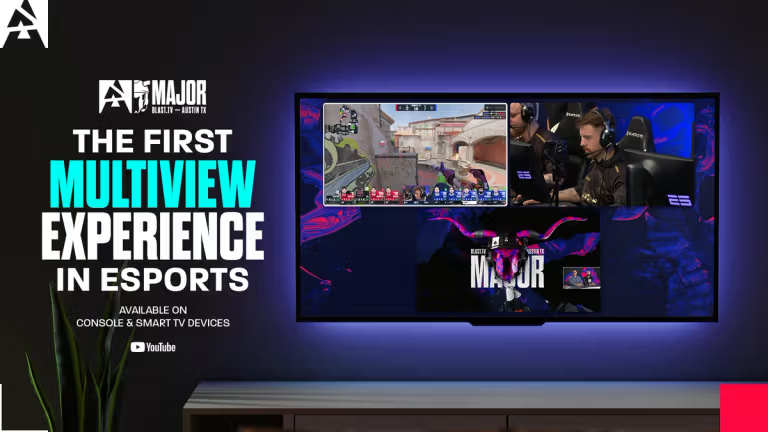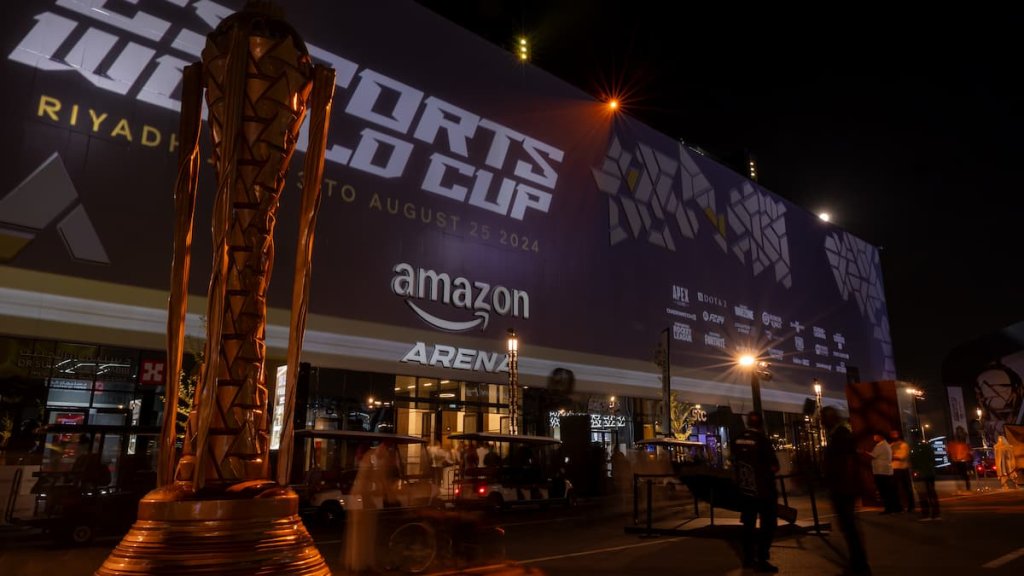
Challenges facing the mobile gaming revolution in Southeast Asia
Southeast Asia’s gamers have taken mobile gaming to heart. With the region accounting for a staggering 49.1% share of the global mobile gaming market in 2018, it’s evident that Southeast Asia could be targeted by the growing number of mobile game developers. Despite these promising figures, there remain a significant amount of obstacles that need to be overcome in order to for mobile gaming in Southeast Asia to achieve its true potential.

From language differences to issues with payment methods, there are plenty of problems that need to be addressed. But with countries in the Asia Pacific region experiencing a growth in gaming revenues of 8.3% in 2018 compared to the previous year, it seems that this part of the world is set to become increasingly important in the future.
Why Southeast Asia could lead the mobile gaming revolution
Newzoo’s recent report that stated that Southeast Asia has a 49.1% share of the mobile gaming market is just one of the reasons as to why this region could hold the key to the mobile gaming revolution.
In January 2019, Singapore will host the very first Mobile Gaming Asia summit. This business-orientated conference will see gaming developers, governments, payment providers and key figures in the gaming industry congregating to discuss how they can make the most of this potentially lucrative market. With representatives from legendary games publishers like Blizzard Entertainment and Moonton Games in attendance, it signifies just how important this region has become to the global gaming market.
Key aspects of the 2019 Mobile Gaming Asia summit will focus on how mobile payment models can be improved in Southeast Asia, how game revenues can be monetised in the mobile realm, and how esports could help to push forward the mobile gaming revolution.
All of this comes ahead of the 2019 SEA Games that will see esports becoming a medal sport for the very first time. This is all the more important as there are expected to be no less than two mobile games included for a gold medal, and there’s already plenty of debate which mobile title will accompany Mobile Legends: Bang Bang for being one of the first esports to become a medal sport.
Can mobile gaming break through the linguistic differences in Southeast Asia?
Whilst mobile gaming is an overwhelmingly global phenomenon, it faces many challenges when it comes to tackling a region like Southeast Asia that has a huge variety of distinct cultures, languages and gaming tastes.
Although many people in the region understand English, if games developers are willing to cater to local languages, they would stand a much greater chances of success. This is especially so in countries like Vietnam where less than 10% of the population speak or read English, whilst 78% of mobile users in Indonesia have their browser language set to Indonesian.

© fpdress
But it’s not just the actual games that could benefit from more attention being paid to languages, as people are in Southeast Asia are also less likely to buy products from English-only sites. So everything from buying games to purchasing in-game transactions should be translated according to the gamer’s needs.
Cultural considerations that could limit mobile gaming’s growth
Certain nations in Southeast Asia have shown that gamers have some fairly distinctive preferences when it comes to the actual games themselves. Whilst gamers in the Philippines have no problem with games characters in Western dress, in places like Thailand and Vietnam, it seems that there is more of a preference for the characters to be dressed in a Chinese style.
Even basic gameplay preferences seem to differ between the fiercely distinct nations. It has often been noted how gamers in Japan seem to prefer games that have more in the way of character development, rather than overly repetitive shoot-em-ups. And when you factor in how different countries all have their own preferences when it comes to mobile gaming platforms, it shows just how tricky it could be to implement a one-size-fits-all approach to game development in the region.
Overcoming the payment methods issue
Finally, it’s worth mentioning that payment models also vary significantly within Southeast Asia. Whilst mobile payments are starting to take off in the region, it’s evident that not all nations have enjoyed the phenomenal popularity of brands like ApplePay and Samsung Pay in Singapore.
Although many gamers in Europe rely on credit cards for funding their gaming, in Southeast Asia things are very different. This can be seen in Indonesia where many gamers prefer to use the T-Cash mobile payment system.
Everything from the implementation of in-app purchases to in-game advertising will be significantly affected by the choice of payment models. But once these important issues are resolved, we can look forward to a fertile mobile gaming scene in Southeast Asia.












